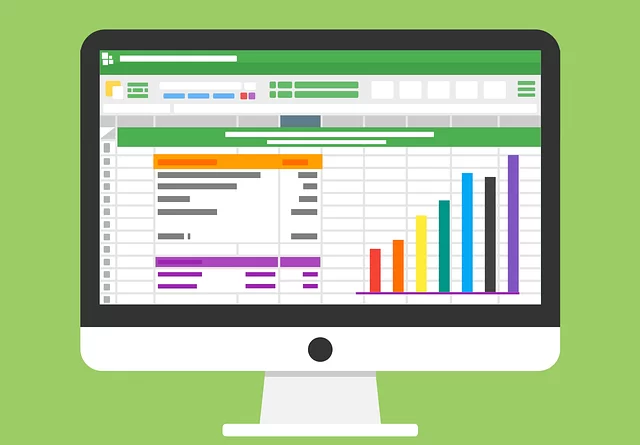How do interest rates change economic cycles?
Like a couple of years before, 2022 has proven to be surreal. The impacts of the conflict between Russia and Ukraine have been compounded by slowing global growth. The US economy is suffering at unimaginable levels when compared to post-war instances.
These disruptions to the economic cycle and the evident impact of fiscal measures may leave one wondering how interest rate impact stock markets. It is a genuine concern given the fact that the stock market is down.
This post delves into this relationship, as it seeks to identify ways the stock investor can remain in a good position during these economically difficult times.
What is an economic cycle?
A market-based economy will always experience fluctuations, creating what is called a business cycle or economic cycle. Most of the world economy is market-based, meaning that the concept of demand and supply applies. Four stages characterize this cycle: expansion, peak, contraction, and trough.
The duration of the cycles isn’t fixed, but a healthy economy experiences periods of growth and slumps. At the peak, the economy is at the highest rate which comes with higher inflation. That’s where central banks typically come in to control inflation. This control happens during the contraction stage, which then ushers in the trough, then leads to the expansionary stage.
By and large, everyone wants the economy to remain in the expansion stage because that’s when wealth is growing and businesses are flourishing. The production levels are high and the employment rate is good. However, a prolonged growing economy is prone to overheating because it comes with increasing inflation, hence the need for counterchecks.
Connection with Interest Rates
The government can use monetary policy or fiscal policy to control short-term variations in the economic cycle. Fiscal policy is about the handling of the budget deficit while monetary policy is whereby the central bank alters the short-term interest rates.
The goal of the central bank in using the monetary policy is to either encourage or discourage spending. For expansionary results, it will lower the federal funds rate, which is also known as the overnight interest rate. Lower rates promote household spending, physical investment, and other forms of spending that are sensitive to interest.
If the federal bank wants to slow down spending, it will raise interest rates to achieve the opposite results. This way, it can use interest rates to change economic cycles.
Interest Rate Changes Popular
Monetary policy in the form of interest rate adjustments is the most popular for changing economic cycles. There are several advantages to this approach. First, it suits the rapid changes to economic conditions being witnessed nowadays. In the US, the Fed meets after a few weeks to consider any need for interest rate changes. However, fiscal policy may not change until after a year.
There are also political challenges concerning the application of fiscal measures. The Fed is free of political inclinations, so it could lower or raise interest rates depending on what the economic conditions demand.
Looking at the long-term results of both fiscal and monetary interventions, interest rates become the obvious option for handling economic cycles effectively. The fiscal policy gives birth to monumental debts that can take generations to clear. It could even result in more poverty in case it subdues private investment.
The Current State of Affairs
Central banks are still raising interest rates, and the world environment remains uncertain. These interventions have been prompted by worsening economic outlooks in different parts of the world and high inflation. Geopolitical risks have also become incessant.
To prevent dangerous inflation levels and a global recession, central banks have been forced to enhance monetary policy measures. Some more, emerging and developed economies face elevated risks in various sectors.
That’s why central banks must act decisively, particularly through interest rates to take charge of the economic cycles.
Conclusion
Governments are obligated to use interest rates to control economic cycles to end inflation and stabilize the economy. During the trough stage, the central bank reduces the interest rate. When the economic cycle is at the peak stage, the central bank uses a countermeasure through raised interest rates. It suffices to say then that the relationship between interest rates and economic cycles is profound.

